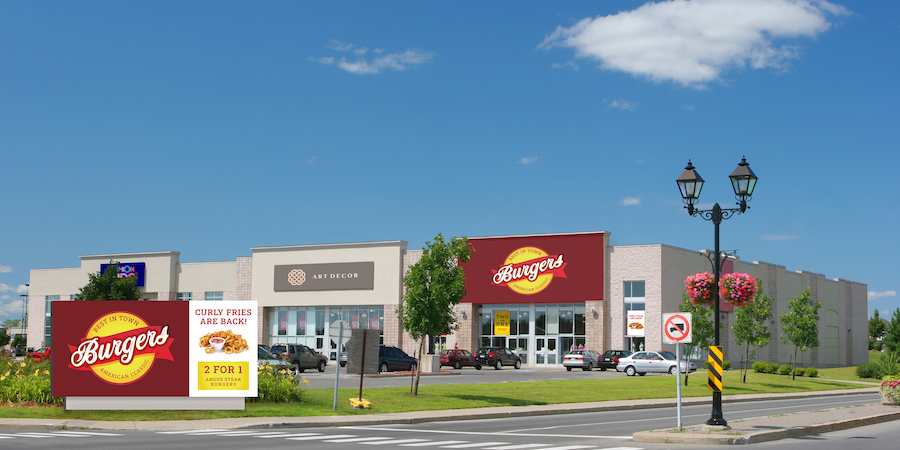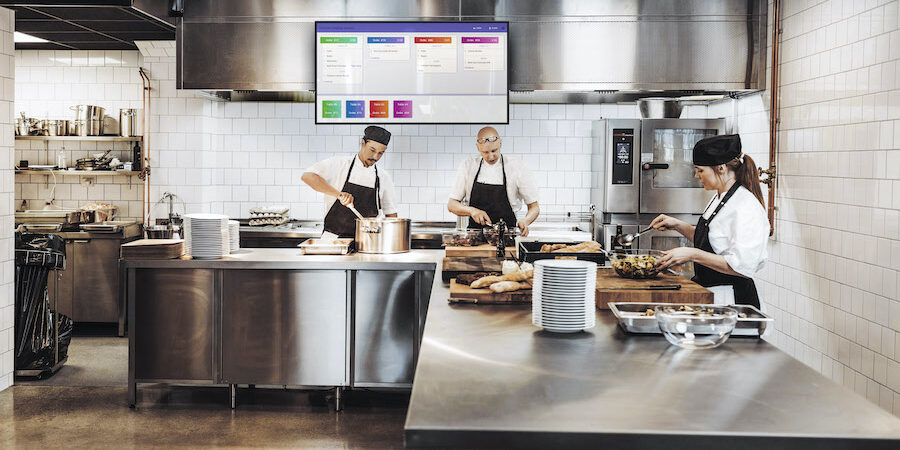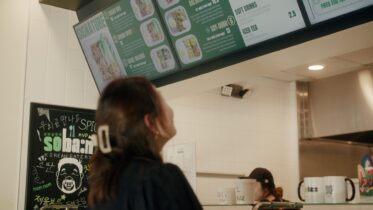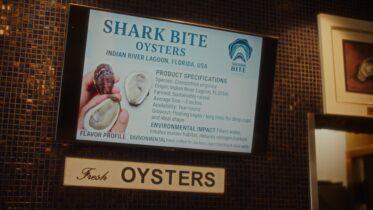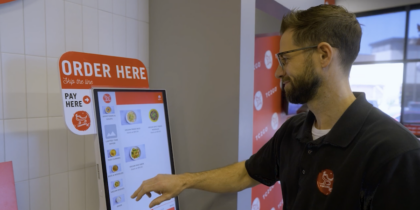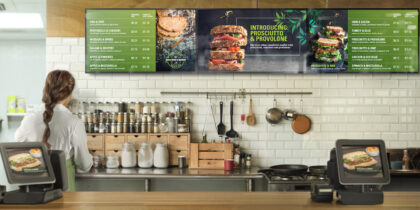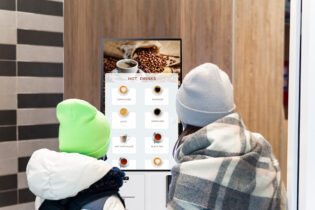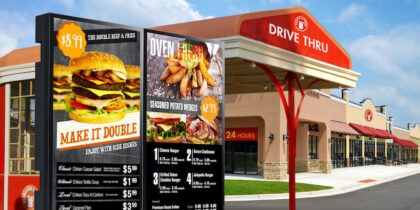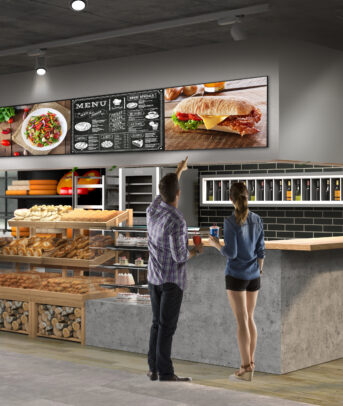Convenience is shaping the buyer’s journey at quick-service restaurants (QSR) these days as drive-thru, delivery and curbside pickup have become the preferred methods over the past few years. That’s backed up by data that shows drive-thru traffic rose 30% from 2019 to 2022, while in-person dining at fast-food restaurants dropped 47% in the first half of 2023 compared to the same period in 2019.
Curbside pickup has also grown significantly in popularity, even more so than drive-thru. In fact, 41% of one of U.S. consumers called curbside pickup their top choice when ordering take-out. Perhaps more importantly, customers arrive in buy mode, which can boost the additional buy rate by up to 45%.
With that in mind, it’s imperative QSRs employ the most effective outdoor-ready displays and menu boards to help guide customers and inspire further purchases on arrival, whether drive-thru or curbside. Here’s how.
Putting outdoor screens to work
The uptick in drive-thru ordering and curbside pickup means many QSR operators are now expanding their services, introducing dual lanes, order-ahead lanes and dedicated parking spaces for curbside pickup. This is where super-bright outdoor displays can make a big difference in profit margins. QSRs with drive-thru lanes, for example, use a drive-thru sign outdoors to promote new items and specials as motorists approach the order station. The same goes for curbside pickups, when customers may see these signs and respond with additional purchases.
Elevate your QSR by empowering employees
Explore how key technologies can help QSRs stay competitive and mitigate growing industry problems. Download Now
That means outdoor displays, such as Samsung QMB and OH series, should be properly engineered, designed and certified to operate effectively in a wide range of weather conditions — and be fully readable under the direct glare of the sun. That becomes even more important when factoring speed into the process. This is key, as research by Bluedot shows 85% of consumers will consider or leave a drive-thru if they see a long line, and 6 in 10 will consider buying food at a coffee chain if fast food drive-thrus have a long line.
High-quality outdoor-ready displays can help increase speed and efficiency, by directing them to the shortest line, communicating information more clearly, illustrating options and add-ons, updating the availability of items, and promoting meal deals and bundles.
Choosing outdoor-ready screens
Outdoor displays, including the best drive-thru menu boards, are very different than those used inside QSR buildings. Here’s how they differ:
- Brighten the day: A menu screen behind the order counter needs a brightness rating of just 500 nits, or even less. But an outdoor screen needs a rating of 3,000 nits or higher to fully counteract the impact of direct sunlight and ensure menus can be read. Displays with lower brightness ratings may look good in the showroom, but when positioned in real-world conditions, they lose the battle with the sun.
- Keep cool under pressure: An outdoor display must also be engineered to counteract and shed heat. The extra brightness and nits that make signs readable in daylight produce a lot of heat, which is intensified by the thermal load from the direct midday sun.
- Designed to last: Well-designed outdoor enclosures have sophisticated internal systems that exhaust heat before it builds up and affects the screen and electronics. Outdoor displays with flawed engineering can fail or degrade quickly, with some screens even experiencing isotropic failures — ugly black blotches that develop from excessive internal heat buildup. Well-designed outdoor displays have engineering that seals the units against the ingress of rain, snow and dust, plus structural designs that ensure the units stay vertical, even in hurricane-force winds.
Reduced costs and targeted impacts
There’s a reason QSRs are replacing printed menus with digital versions, both inside and outside of restaurants. The change from static to digital signage reduces printing and shipping costs, and digital menus can be updated in seconds, as opposed to days or even weeks when using paper or plastic menus.
Owners and operators also like being able to schedule menus to change by time of day — what’s commonly called dayparting. That means menu items like breakfast sandwiches disappear at a specified time and that promotions and specials can change according to time and date. Managers can even fine-tune menu options to customer buying habits and profiles, which may shift during the day or week, using a content management system such as MagicINFO.
MagicINFO and Samsung VXT, a cloud-based solution for digital signage, give QSRs and restaurant owners remote access to their Samsung OH series displays. This means they are able to react quickly to update content at an individual restaurant location or across an entire chain to boost brand awareness and drive sales. The technology also enables them to monitor their displays proactively, even if they are off-site, and take immediate action if there are any issues at multiple locations.
More relevant today
Outdoor displays were already a core part of many operators’ marketing and service delivery toolset. But as QSR establishments continue to change how they engage with customers, outdoor digital signage will become all the more relevant and necessary to adapt to the new buyer journey.
Sign up for a VXT free trial here. Learn more about how restaurants are improving operations and the dining experience with technology, as well as how Samsung is helping QSRs elevate the customer experience and empower employees with digital tools and signage.
